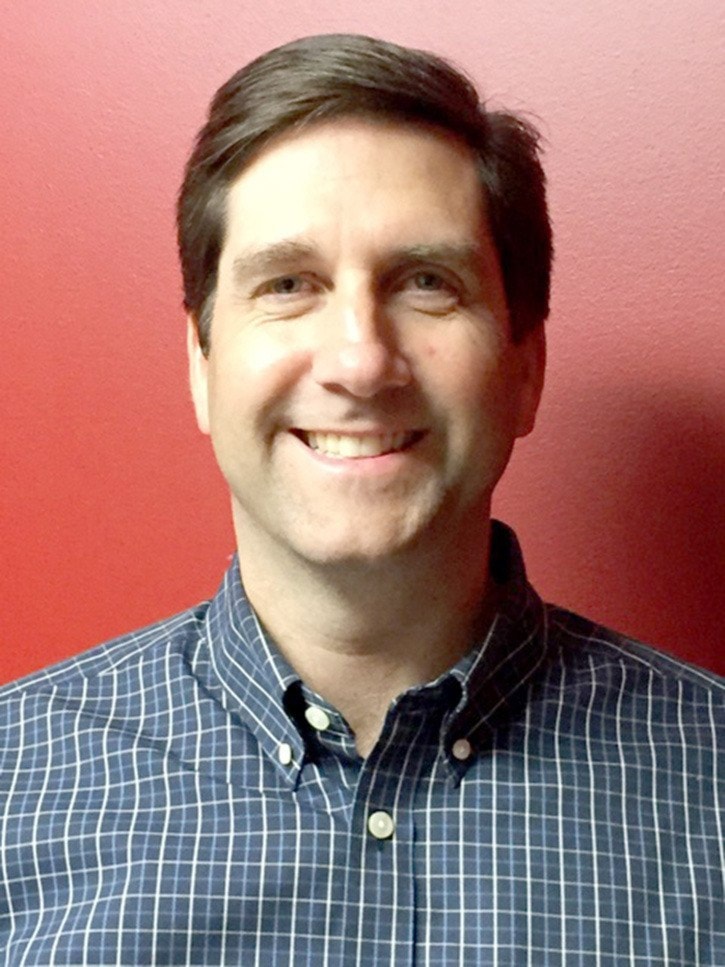Everyone has times of feeling anxious, scared or fearful. In fact, without our body's innate ability to sense and respond to pending danger, we would never have survived as humans.
These days, however, anxiety disorders are like a car alarm repeatedly sounding when there is no real threat. Anxiety disorders are the most common mental health concern for children in B.C., affecting an estimated four per cent of all children, impacting their day-to-day life, their friendships, their school performance, their physical health and their sense of well-being. My colleagues and I in the mental health field are concerned that in this modern, fast-paced, wired world, anxiety disorders in children are greatly increasing. We are seeing more children than ever before who are constrained and made miserable by their fears when they should be feeling safe, secure, confident and happy.
Anxious feelings include a rapid heartbeat, difficulty catching one's breath, a sense of doom, sweaty palms, an upset stomach or stomach ache, even nausea and vomiting. Focusing on the feelings can cause them to intensify, a vicious cycle.
Anxious symptoms become a true anxiety disorder when the anxiety leads to avoidance of the situation that is causing the anxiety and causes significant physical distress and disruption of daily life and functioning. An unresolved anxiety disorder can often lead to depression or substance use problems in future years.
Anxiety, however, exists on a spectrum. A certain amount of anxiety is normal and beneficial. It keeps our children safe and conscientious; it motivates them to perform well. Children who tend to be anxious are often model students: high achieving, diligent, analytical, sensitive, alert, creative and imaginative.
Too little anxiety and a child or teenager may take foolish risks or lack motivation to succeed. But too much anxiety and children become so paralyzed by fear that they may be unable to leave their parent's side, leave the house, go to school, make friends or participate in normal life.
The good news is that anxiety can be very successfully managed or treated when required. Regular exercise and reliable routines in children are often all it takes to quell mild cases.
Mild and moderate anxiety is very responsive to cognitive behavioural therapy (CBT), which is a process of addressing the unhelpful thoughts and actions that underlie anxiety.
Thought stopping, talking back to negative thoughts, not believing everything you think, relaxation techniques like calming breathing, mindfulness meditation, and gradual safe exposure to the things you fear are all examples of types of CBT.
All children — and adults, too — could benefit from learning simple CBT techniques to turn off their body alarms that are sounding unnecessarily.
In more long term or severe cases of anxiety — such as panic disorders, post traumatic stress disorder, obsessive-compulsive disorder — treatment may include a period of anti-anxiety medication in addition to teaching the child age-appropriate CBT techniques, an approach called "pills plus skills."
If you are worried about your child or teenager's anxiety, there are many places to get help.
Many online resources as well as books, some written for specific age groups, are available to give in depth information about anxiety and step-by-step instructions for specific CBT techniques.
For parents of children and youth, the Force Society, in partnership with Ministry of Children and Family Development’s (MCFD) Friends Program, offers an online parent program for parents of children ages four to 13 years. Anxiety B.C. (anxietybc.ca) is another great site and offers detailed pages for adults and youth.
Other sites include mindcheck.ca and keltymentalhealth.ca.
If you feel your child needs professional help, see your family doctor or call Service BC at 1-800-661-8773 and ask for the MCFD Child and Youth Mental Health office in your community.



